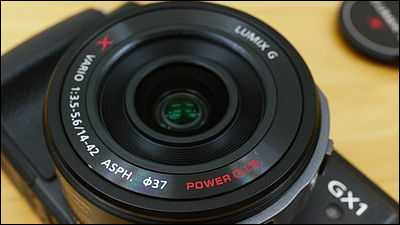I tried taking various photos with the Xperia 1 V, which is said to be capable of taking photos comparable to those of a full-size digital camera.

The Xperia 1 V, scheduled for release in June 2023, is equipped with three lenses: ultra-wide 16mm, wide-angle 24mm, and telephoto 85mm-125mm. In particular, the wide-angle 24mm lens sensor is equipped with the newly developed two-layer transistor pixel stacked CMOS image sensor 'Exmor T for mobile'. The sensor, which is about 1.7 times larger than the previous model, can capture more light, enabling high sensitivity and low noise shooting. By combining the strengths of this sensor with the latest image processing technology, it is possible to
Xperia 1 V | Xperia official website
https://xperia.sony.jp/xperia/xperia1m5/
The appearance of the device is summarized in the following article.
'Xperia 1 V' exterior review with overwhelming image quality thanks to an image sensor 1.7 times larger than the previous model - GIGAZINE

All photos taken in the following article were taken using the Xperia-specific photo app, '
'Photography Pro' is an app designed specifically for Xperia devices equipped with a shutter button, so one of its features is that there is no shutter button within the app when the device is held sideways.
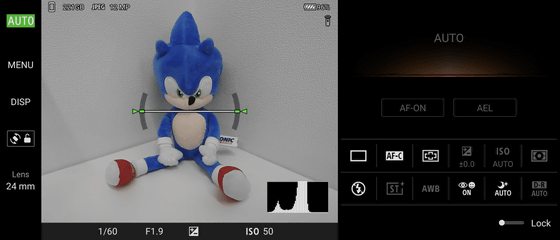
However, when you hold the phone vertically, the information displayed changes and a shutter button appears at the bottom of the screen, so if you hold the bottom of the phone with one hand, you can press the shutter with the other.
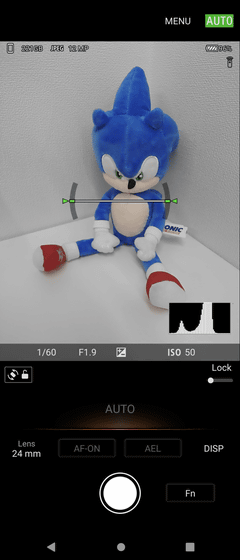
All photos were taken in 24mm wide-angle and 'Auto' mode unless otherwise noted. Detailed settings were basically left at the default settings: 'Drive mode: Single shot', 'Focus mode: Continuous AF', 'Focus area: Wide', 'Face/Eye AF: Both ON', and 'Night photography: Auto'.
In addition, the images have been reduced from the original size of 4000px x 3000px, so please think of this as an idea of the composition and color of the photos you can take. The images marked 'actual size' are thumbnail images cut from the original photos at 560px on the long side, and clicking on them will take you to a similar photo cut from the original photos at 1200px on the long side.
First, I took it out into town on a sunny day.
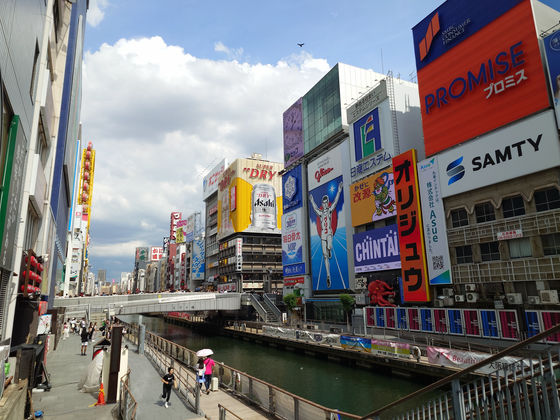
This is what it looks like when you cut out the upper body at full size.
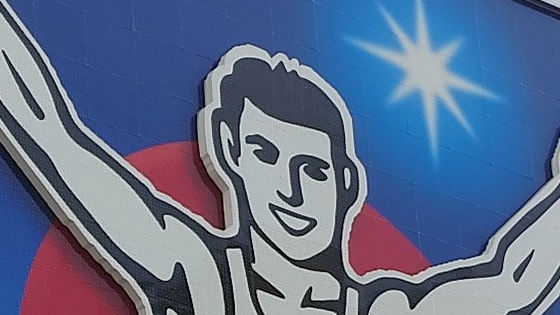
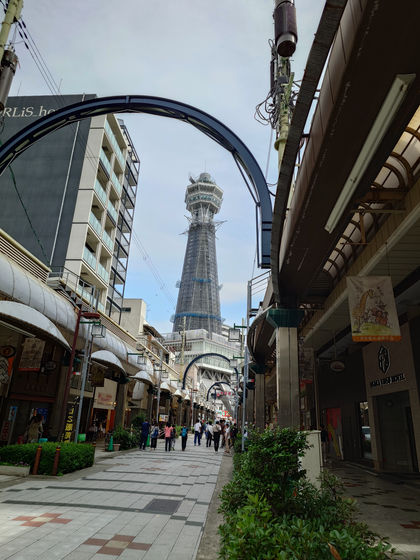
If you cut it out at full size to include the observation deck, it looks like this.
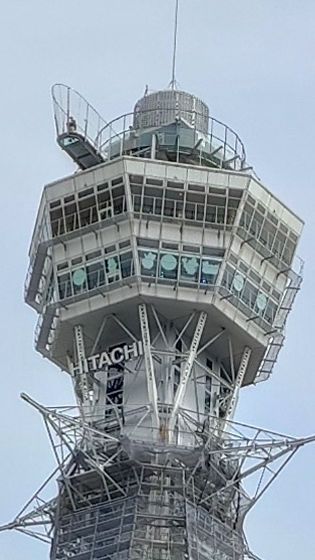
If you shoot this with an 85mm telephoto lens, it will look like this.
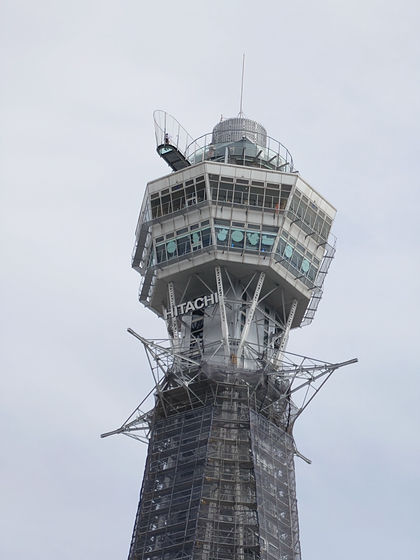
It looks like this at full size. You can see that there are people not only at the observation deck but also at the special outdoor observation deck above, taking pictures or something.
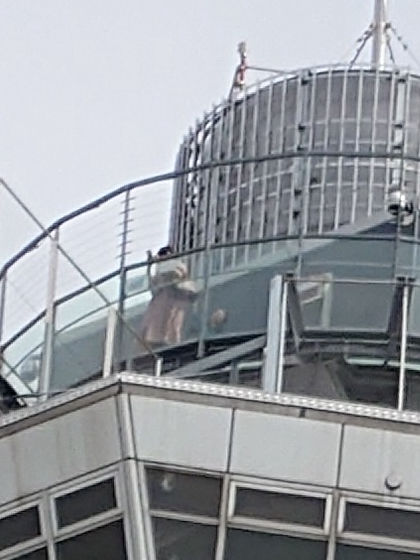
You can get this close by shooting at 375mm with digital zoom (super-resolution AI zoom).
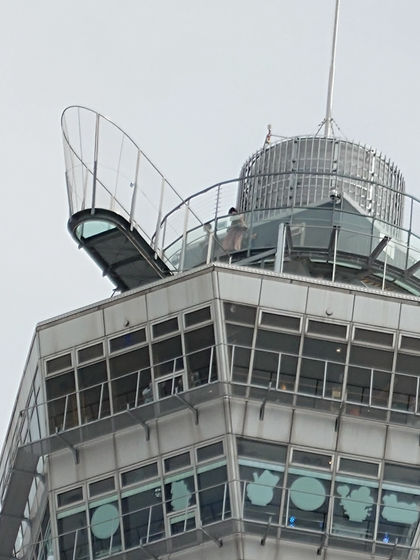
Here's a cut-out of a portion at full size. I couldn't get a clear shot, but since this was taken handheld without a tripod, you can see that the camera has some pretty powerful image stabilization. If you're uploading it to SNS or using it in a smaller size, it shouldn't be a problem.
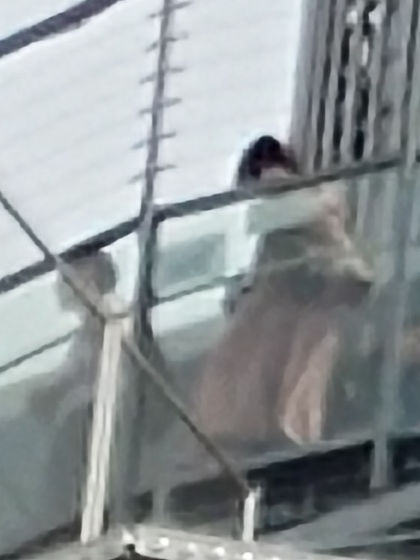
Shinsekai International Theater is a movie theater located just a 2-minute walk from Tsutenkaku.
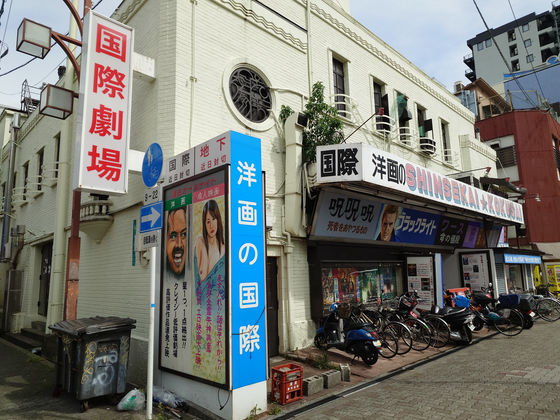
A life-size cut-out of the tasteful hand-drawn signboard.
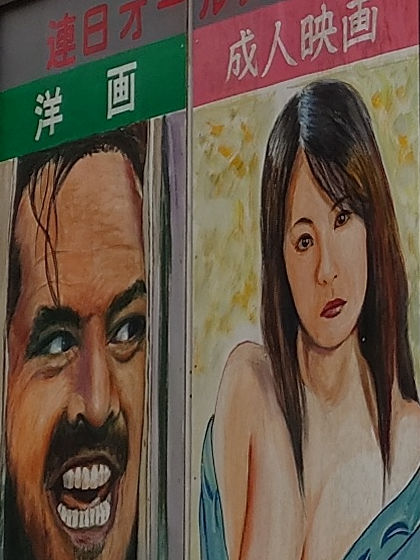
Tower of the Sun and Osaka Monorail
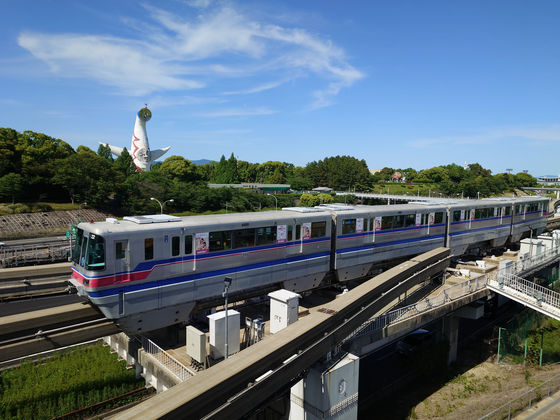
When I cropped it out at full size, I could clearly see the silhouette of the driver in the driver's seat in the monorail section.

The Tower of the Sun was also cut out at life-size. I think the surface details are a bit rough.
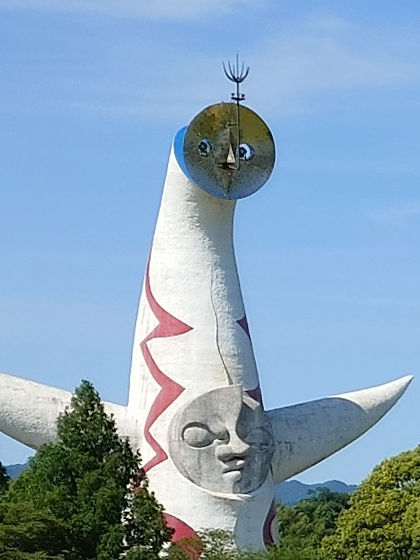
A photo looking up at the monorail as it leaves Banpaku Kinen Koen Station. It's backlit.
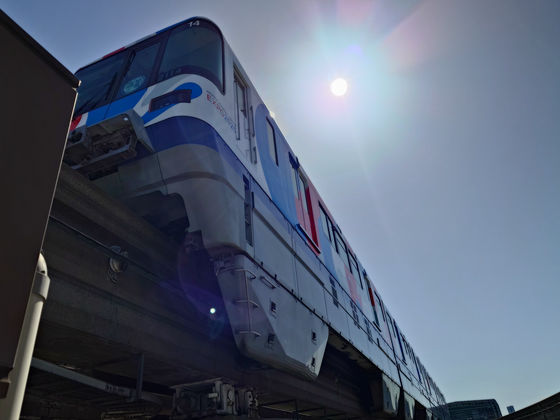
When viewed at actual size, the vehicle number is not blurred and the shadows are not too strong, so the colors are not too bright.
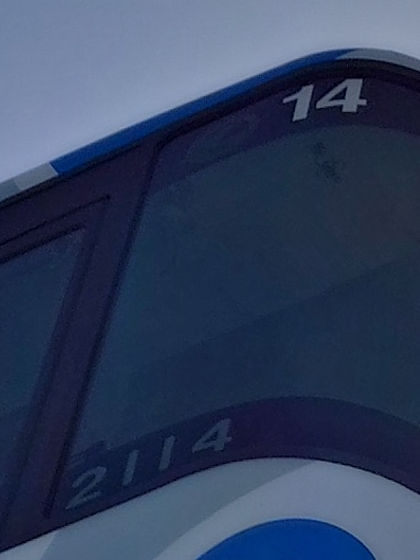
A flower photographed with an 85mm telephoto lens. An insect has just flown in.

Some of the petals were shaking in the wind, so they are blurred like afterimages. The shutter speed was 1/500s.
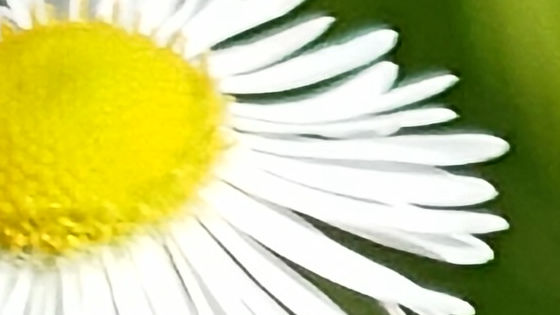
This is what it looks like when the insect is displayed at full size. You can even see the pattern on the body and the ridges on the wings.

Sunlight filtering through the trees.
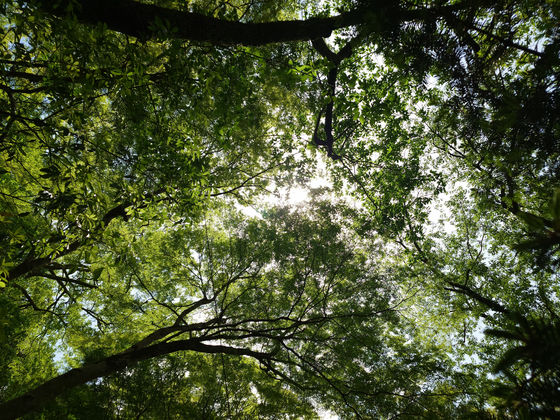
The photo was taken looking up in the direction where the sun was shining, and there are parts where the green of the leaves is visible through the photo.
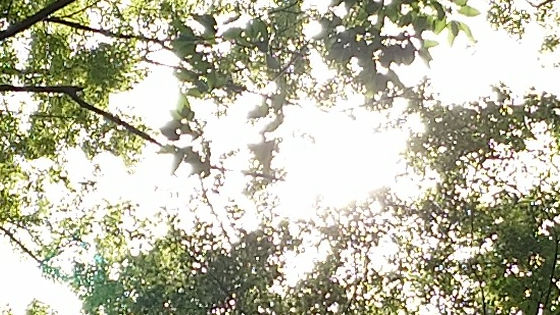
Samia the black rhino at
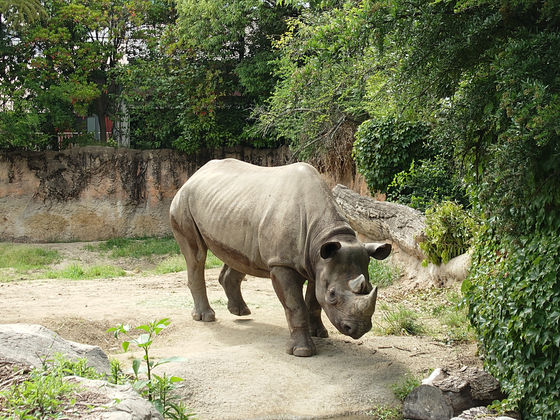
The camera's distinctive feature is its wide, wide eyes, and the camera's real-time eye AF, which performs AF calculations 60 times per second when the shutter is half-pressed, tracks the eyes. For those who take photos of children or animals, the camera's accurate face and eye recognition is a welcome feature.

However, there were some instances where it was difficult to get the subject in focus beyond a fence or net.
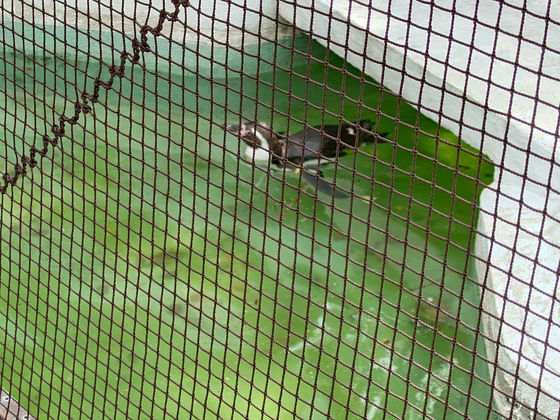
This is not to say that fences and other objects are completely useless; there are examples where the focus is properly focused.
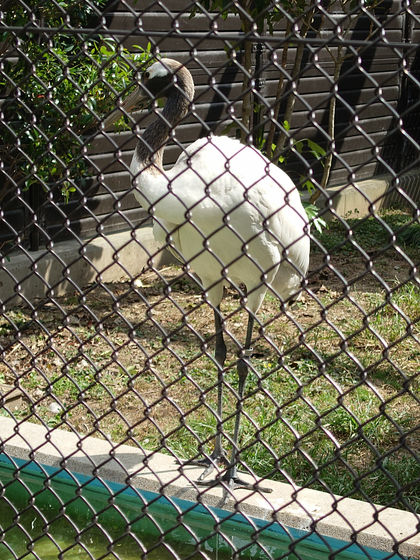
Photography Pro can be started by pressing and holding the shutter button even when the screen is locked, so when you think, 'I can take a good picture,' you can start the camera and immediately move on to shooting. At the time, Martha the Malayan sun bear was doing something cute.
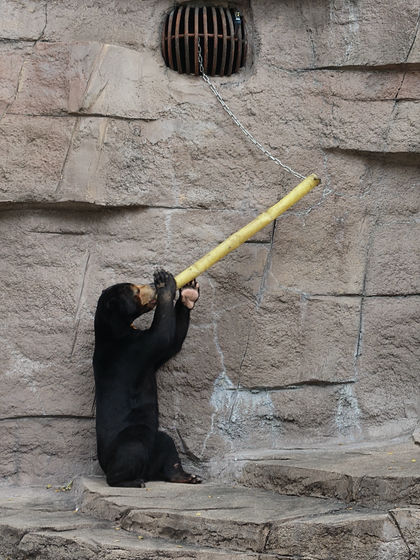
As of May 2023,
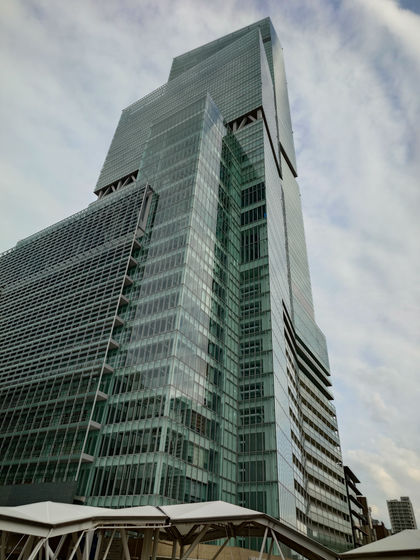
If you shoot with an ultra-wide 16mm lens from the Abeno Pedestrian Bridge on the west side of Tennoji Station, you can capture everything from the top of the Harukas building to the Osaka City Bus passing under the intersection.
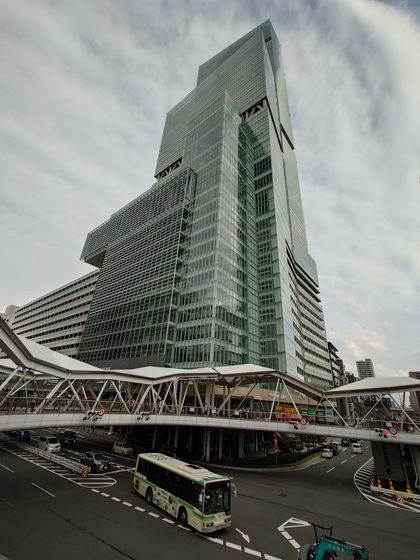
When viewed at actual size, it seems impossible to get the corners of the building in focus.

This is what it looks like with a telephoto lens of 85mm.
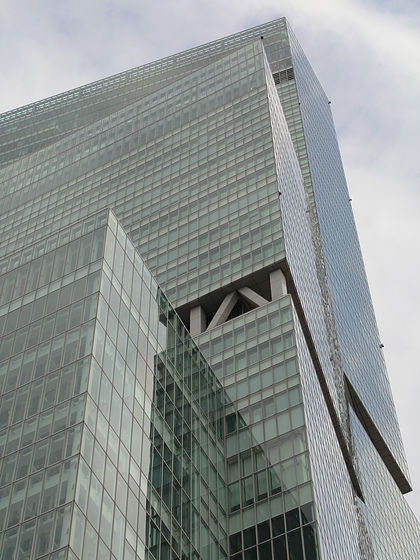
If you view it at actual size, you can see that even the pillars inside the building are clearly visible.
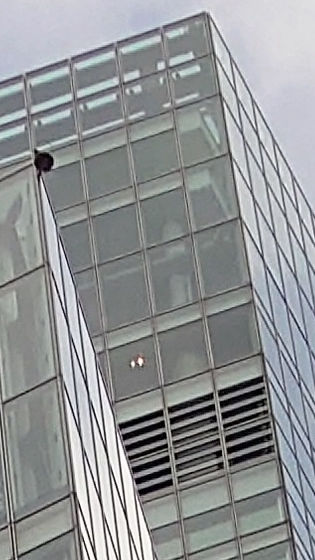
The flow of the Ai River.
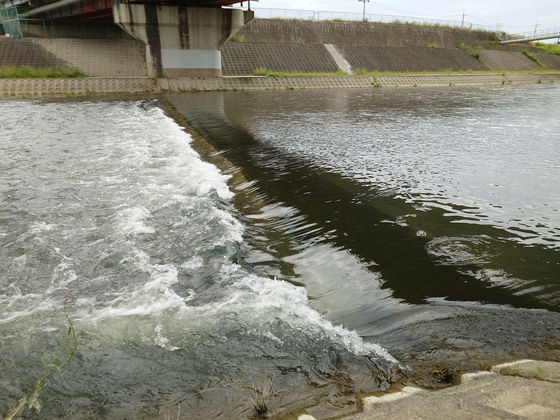
At life-size. I just pointed the camera at the subject and took the picture without thinking, but even the droplets of water splashing up were captured clearly.

Hankyu trains, one bound for Osaka Umeda and the other bound for Takatsuki City, passing each other on the bridge. The weather looks like it's going to get worse.
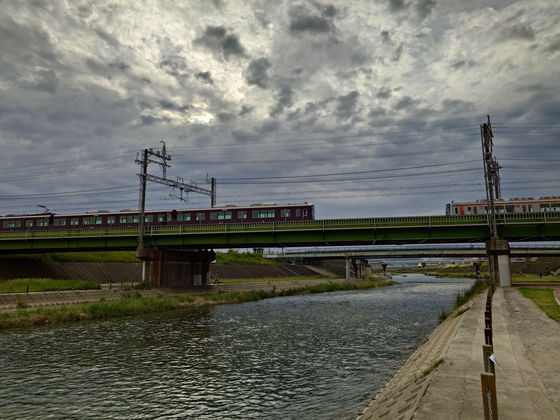
Even when viewed at actual size, the Osaka-Umeda-bound train appears clear and with little blur, probably because it is slowing down as it approaches the station.

Meanwhile, as the train bound for Takatsuki City accelerated, the destination sign on the side of the car had been obscured.
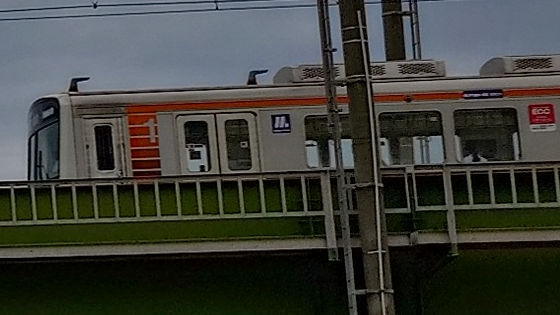
This is what it looks like when the sun is hidden by the clouds.
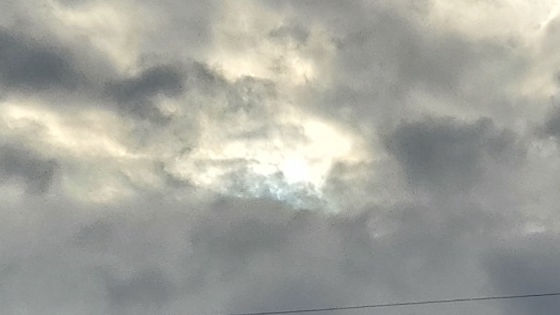
Limited express to Osaka Umeda.
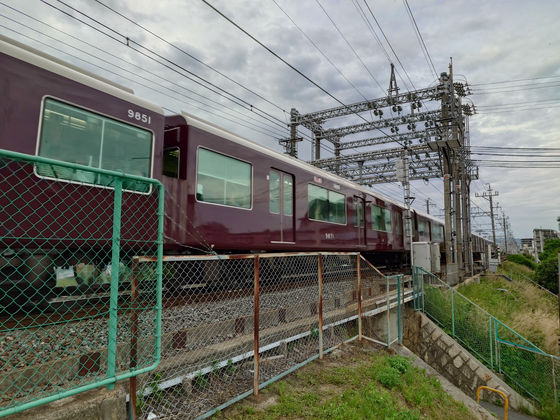
Burger King's Chili Cheese Fries. The seat where I took this photo was near a window and had natural light coming in, which made the white container look slightly bluish. Also, at this point, you can see that the cheese is in focus, but the fries right around it are out of focus.

When you look at it at actual size, you can see that the cheese is melted, but as it touches the potatoes it becomes blurry. If you're taking this kind of photo, it might be difficult to just leave it to auto mode.
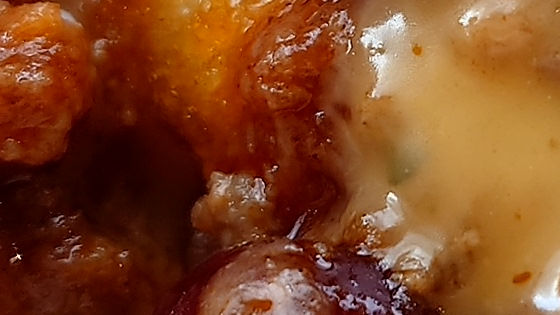
Tandoori chicken at the Nepalese restaurant

In terms of color, this yellow plate is a real problem, and when the stir-fried liver was served on the same plate, the color of the plate somehow ended up looking lighter than it actually was.

Hankai Electric Railway crossing the Yamato River at dusk.
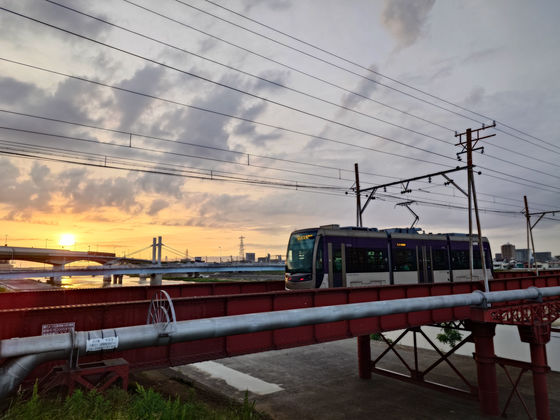
If you look at the sunset at full size it looks like this.
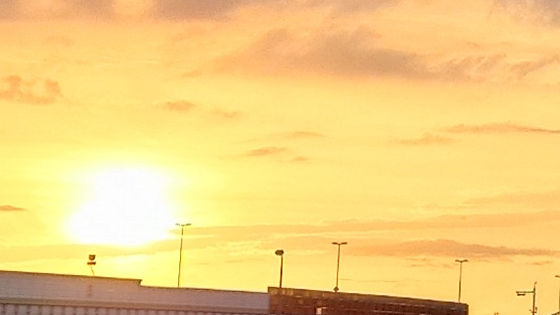
Looking at the train at life-size, some parts are blurry as it speeds away, but the 'Tennoji Ekimae' sign on the side and the 'Sakai' logo on the body of the train are clearly visible.
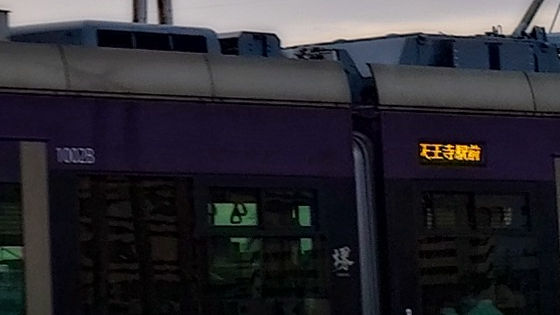
The sun setting beneath the Hanshin Expressway.
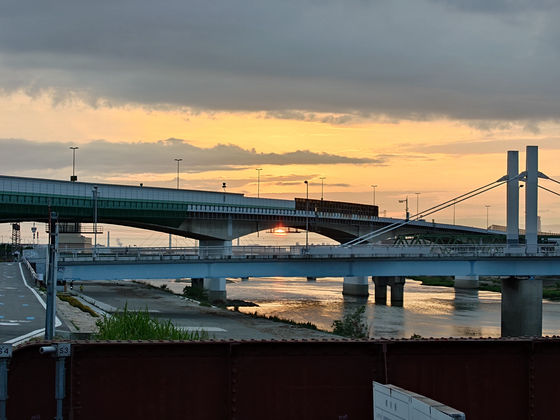
Abeno Harukas and Abeno Street at night, photographed with an 85mm telephoto lens.
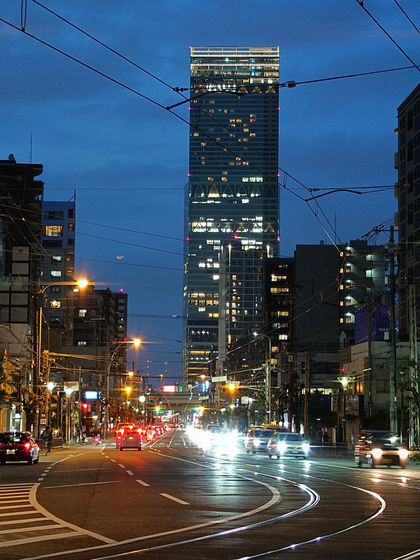
When zoomed in to full size, the photo does indeed have some noise, but even the grains of light beyond the Hanshin Expressway overpass visible directly ahead are clearly visible.

The night mode is powerful, but when trying to take a bright photo, the shutter speed was about 1/15s, which made it difficult to capture the train destination signs properly, so I changed to shutter speed priority mode and set the shutter speed to 1/125s.
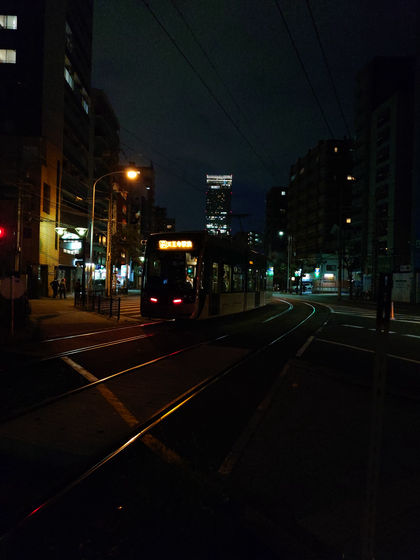
At actual size, the display itself is still visible, although there is some smearing.
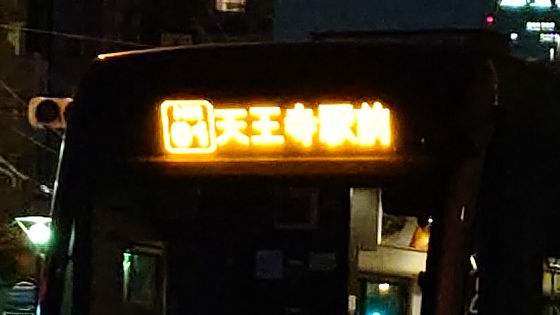
I looked up at the night sky and saw the moon.
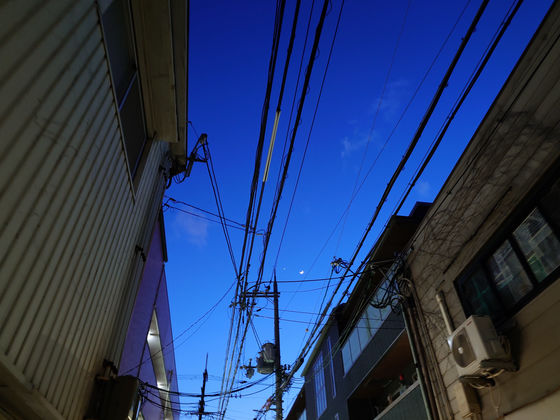
Life-size. No tripod used, just normal handheld photography.
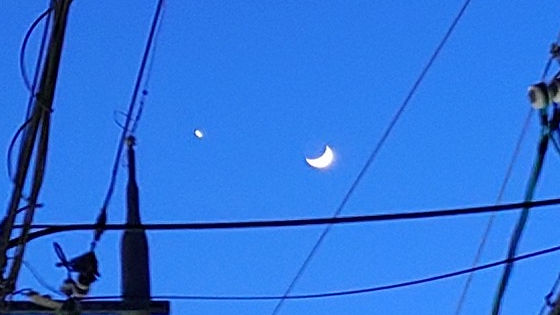
Here is a 4K video taken using the videography app ' Videography Pro '. First, here is a video taken at 4K and 30fps.
Hankyu Railway, Kyoto Train, Miyako, filmed at 4K 30fps with Xperia 1 V - YouTube
The following two videos were shot in 4K at 60fps.
Hankyu train, ordinary Osaka Umeda bound, shot at 4K 60fps with Xperia 1 V - YouTube
Hankyu trains shot at 4K 60fps with Xperia 1 V, semi-express Osaka Umeda bound and semi-express Kyoto Kawaramachi bound - YouTube
I also tried shooting along the Takasegawa Waterway at night, where the lighting conditions were extremely poor. The camera was handheld while I was walking, but the blur was well controlled. However, at the end, it was so dark that you could see the flow of the water with the naked eye, but the footage ended up being almost completely black.
Takasegawa Waterway at night shot at 4K60fps with Xperia 1 V - YouTube
My first impression after using it in various places was that it was easy to take pictures of anything. As expected, when printing or displaying at actual size, the depiction of fine details becomes dull, but since there aren't many cases where you would print photos taken with a smartphone in the first place, there shouldn't be any problem when using it to post to various SNS.
However, when shooting food, which is often used for posting on social media, the camera seems to have a strong peripheral blur when set to fully automatic, so you may want to be careful about this when taking photos.
Regarding the fact that it is advertised as 'capable of shooting at the same level as a digital camera with a full-size sensor,' I feel that 'Sony's digital camera with a full-size sensor can take better pictures...', but it is annotated with 'In terms of noise resistance and dynamic range of still images in an illuminance environment of LV (Light Value) 2 or less. Comparison with Sony's digital camera with a full-size sensor.' LV is an index of exposure value calculated using shutter speed and aperture, and '2' is when the shutter speed is 1/4 second and the aperture value is F1.0, when the shutter speed is 1/2 second and the aperture value is F1.4, and when the shutter speed is 1 second and the aperture value is F2.0, assuming extremely low illumination. Considering that, the night mode certainly gives the impression of taking very beautiful pictures, and it makes sense that it is shooting at the same level as a digital camera with a full-size sensor.
Without these annotation conditions, it would certainly be difficult to take photos that are comparable to those taken with a digital camera that can take photos that can be printed, but the Xperia 1 V is a smartphone with high photographic capabilities, so I feel that it would not have been necessary to add so many annotations. The strength of smartphones is that they can seamlessly take photos and post them to social media, so if you plan to post to social media, you should be able to take the photos you need more easily than with a digital camera equipped with a full-size sensor.
The Xperia 1 V is scheduled to be released by NTT Docomo, au, and Softbank in mid-June 2023.
After that, we also measured how long the battery lasted.
·to be continued

Related Posts:







